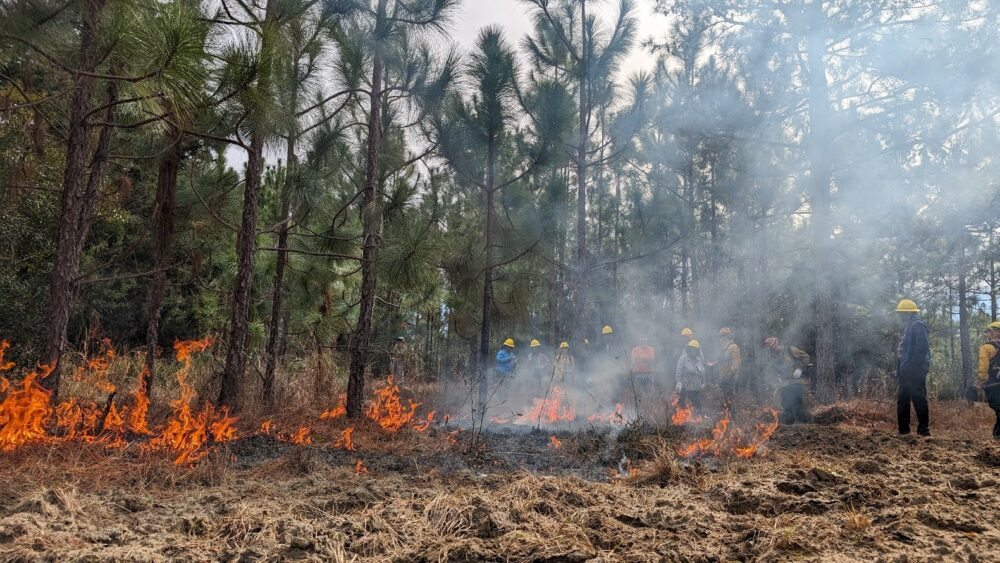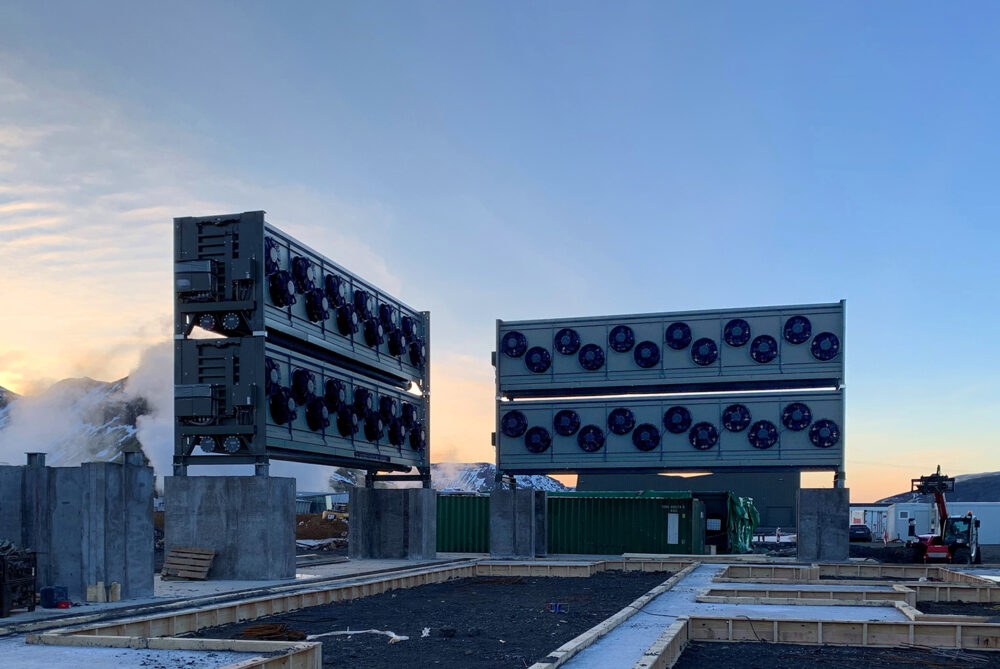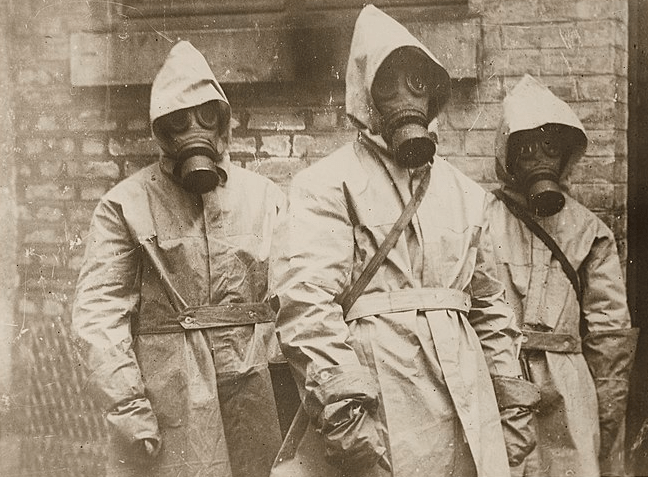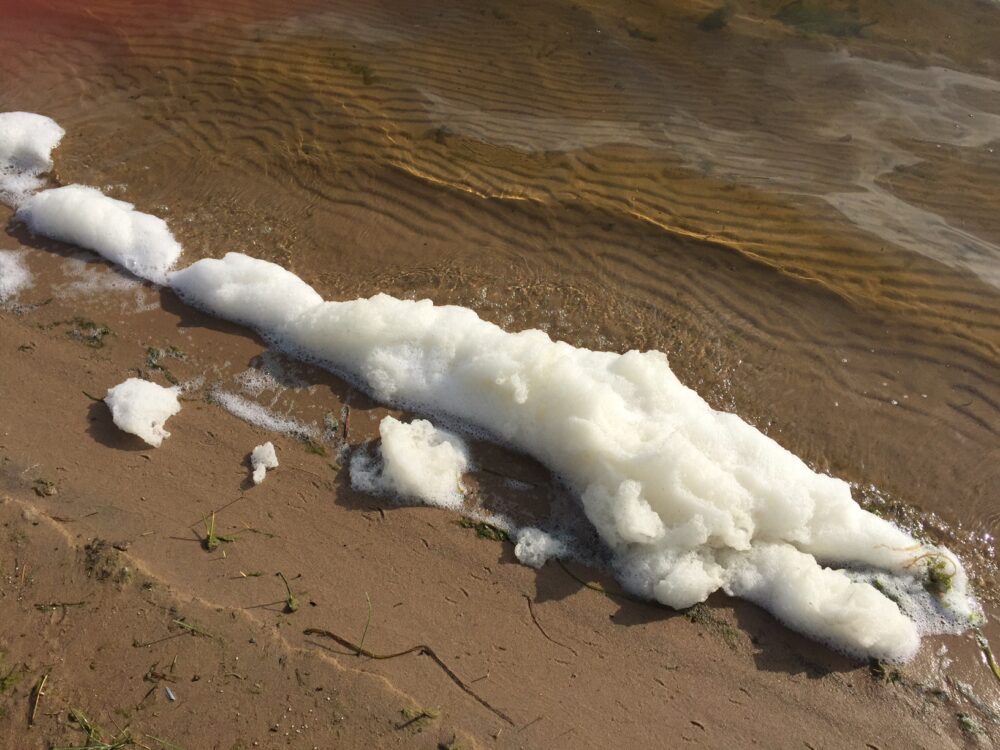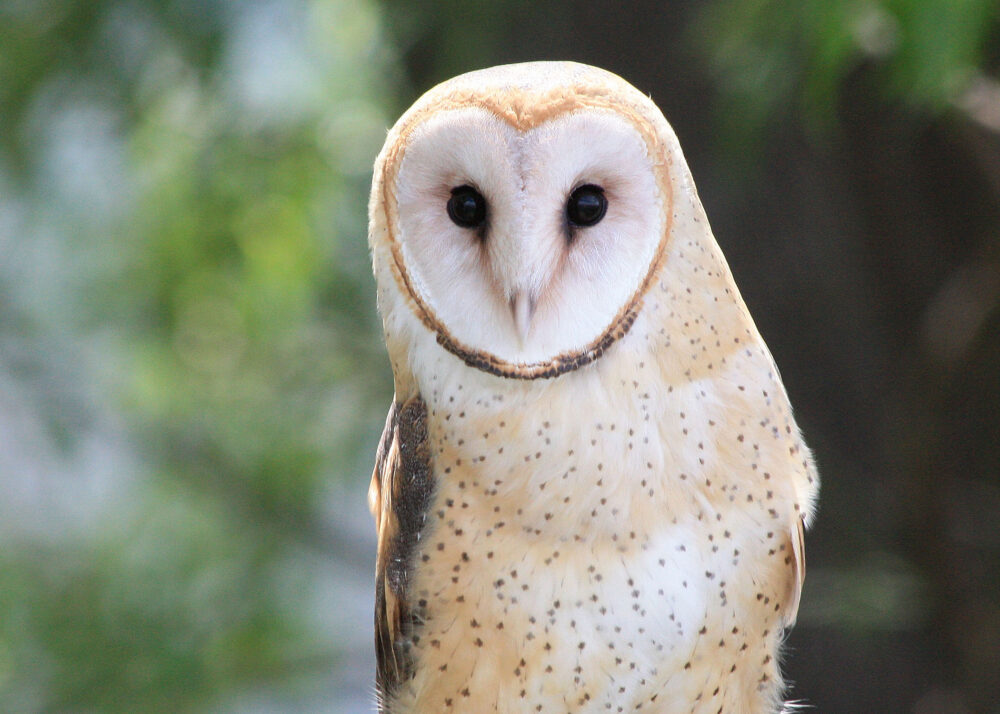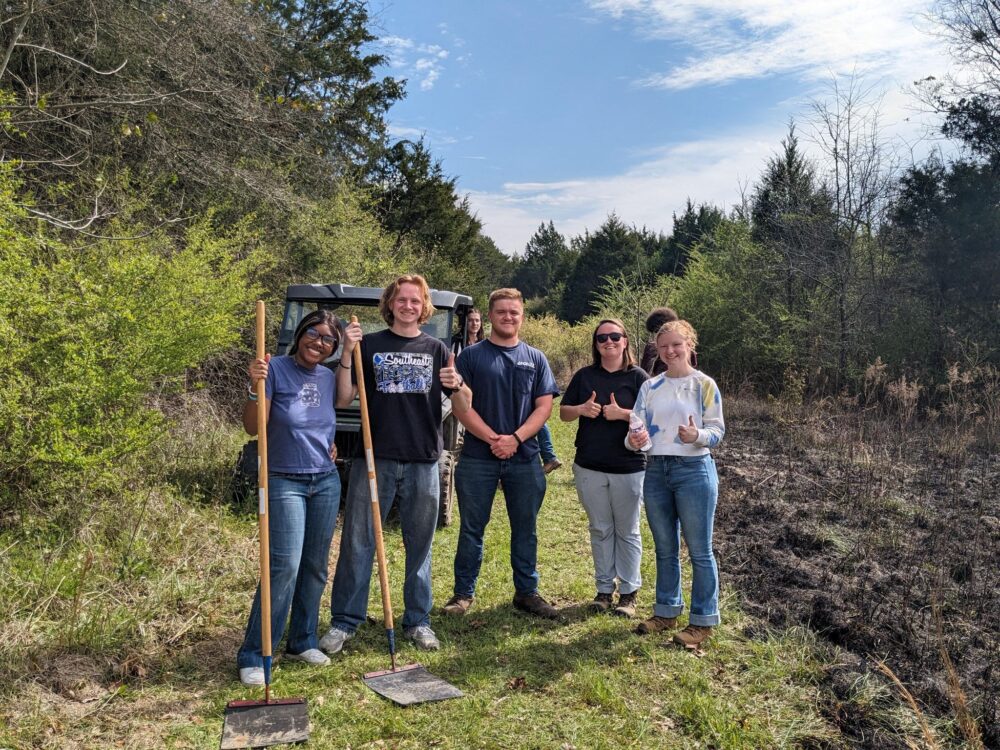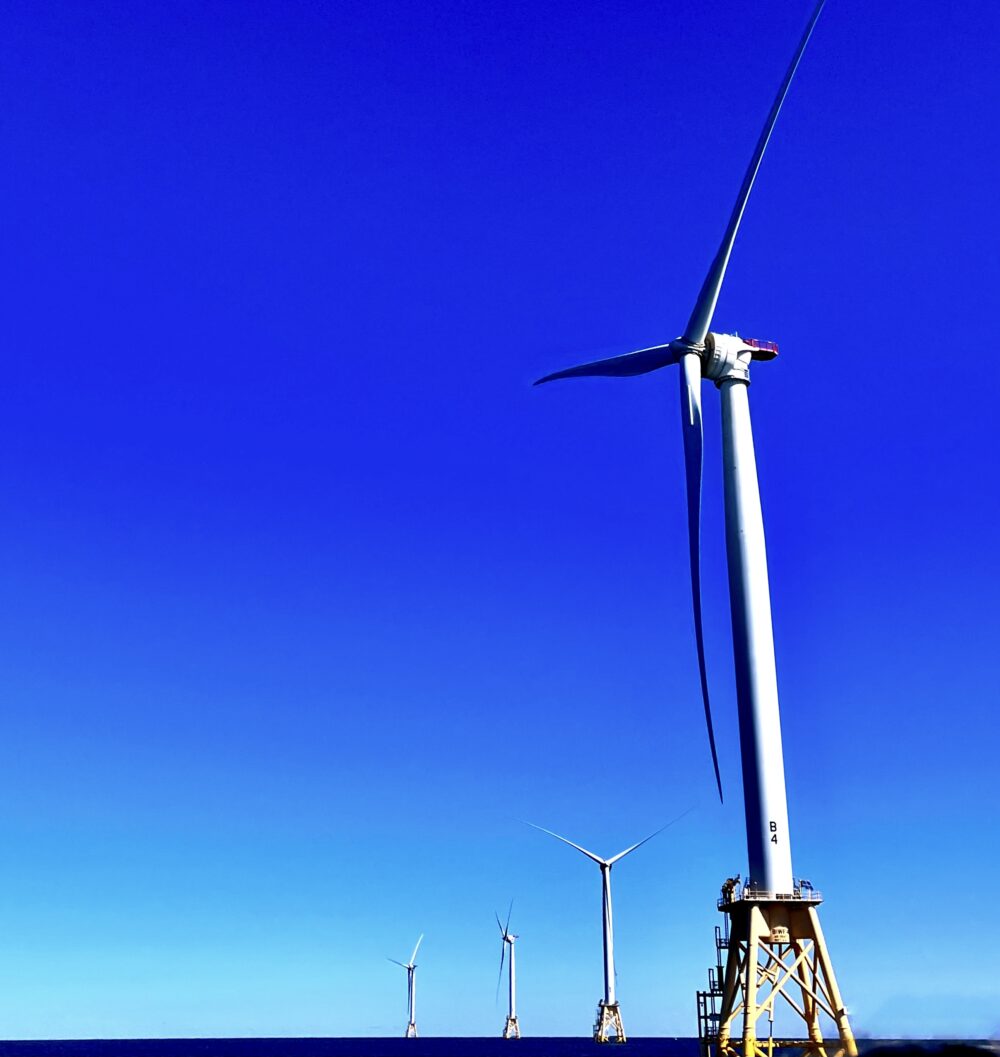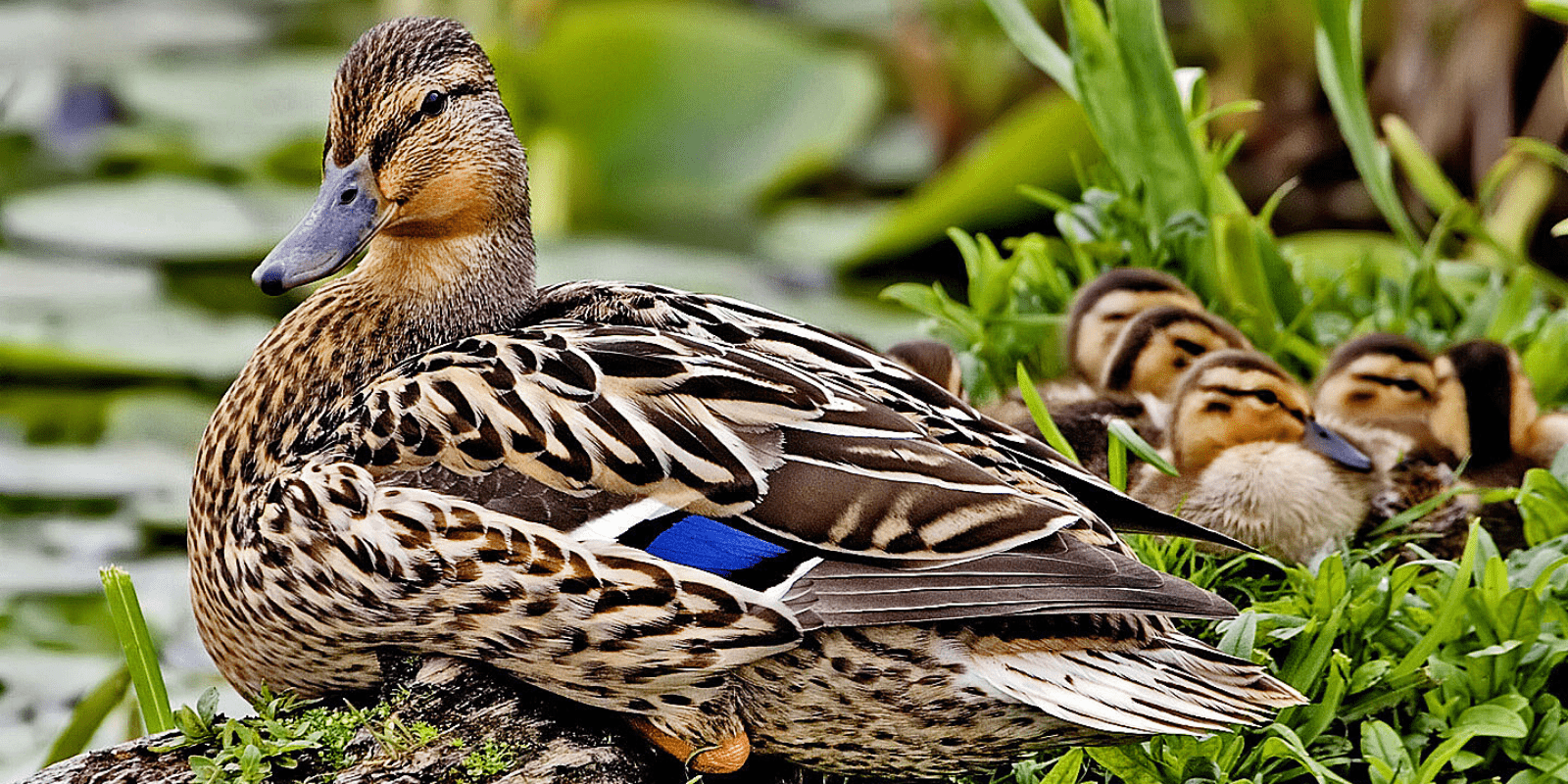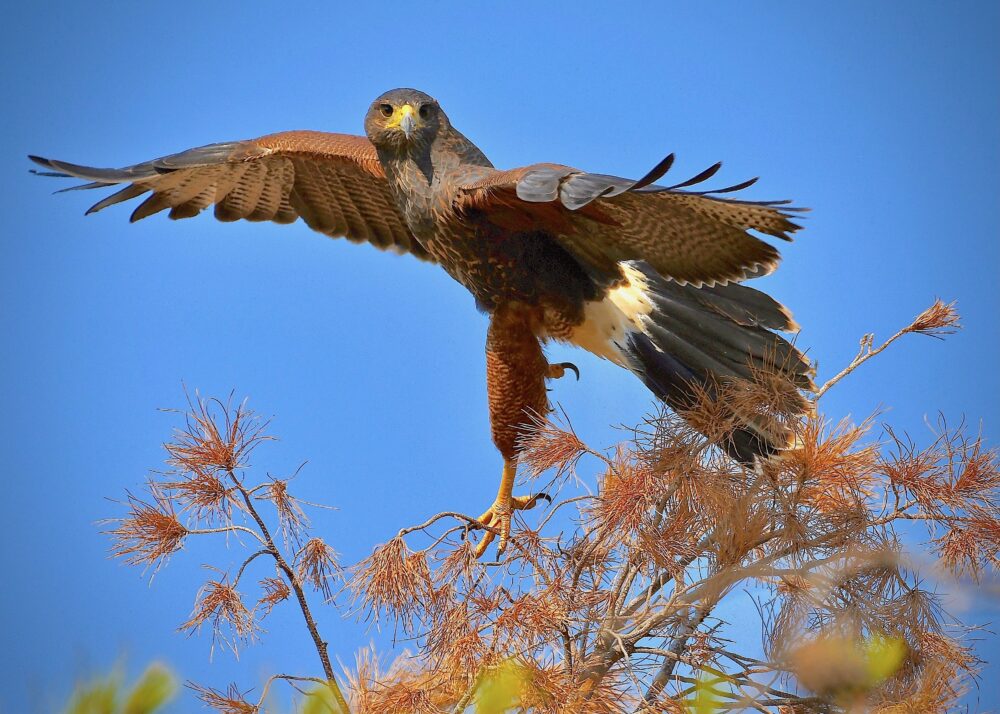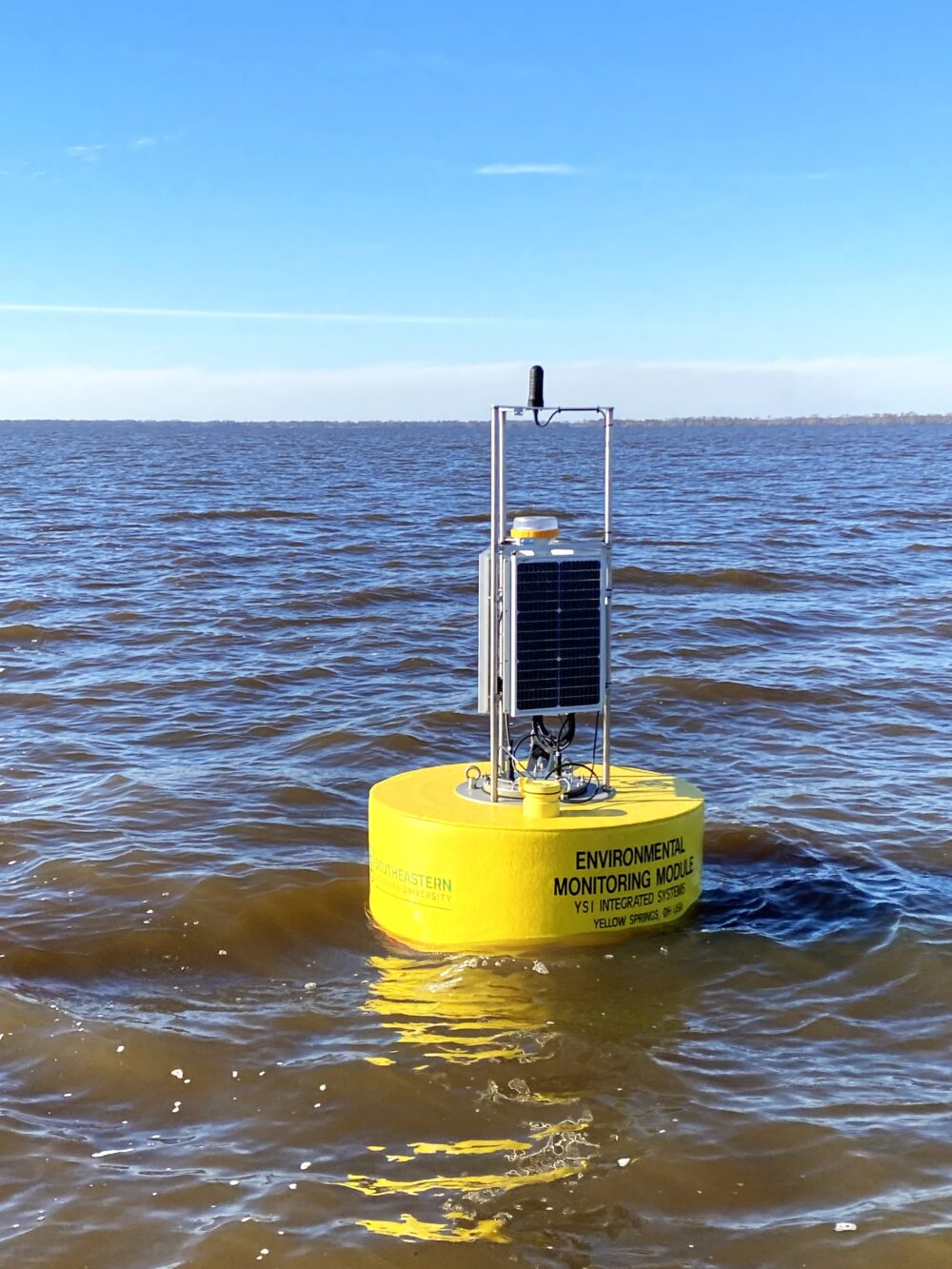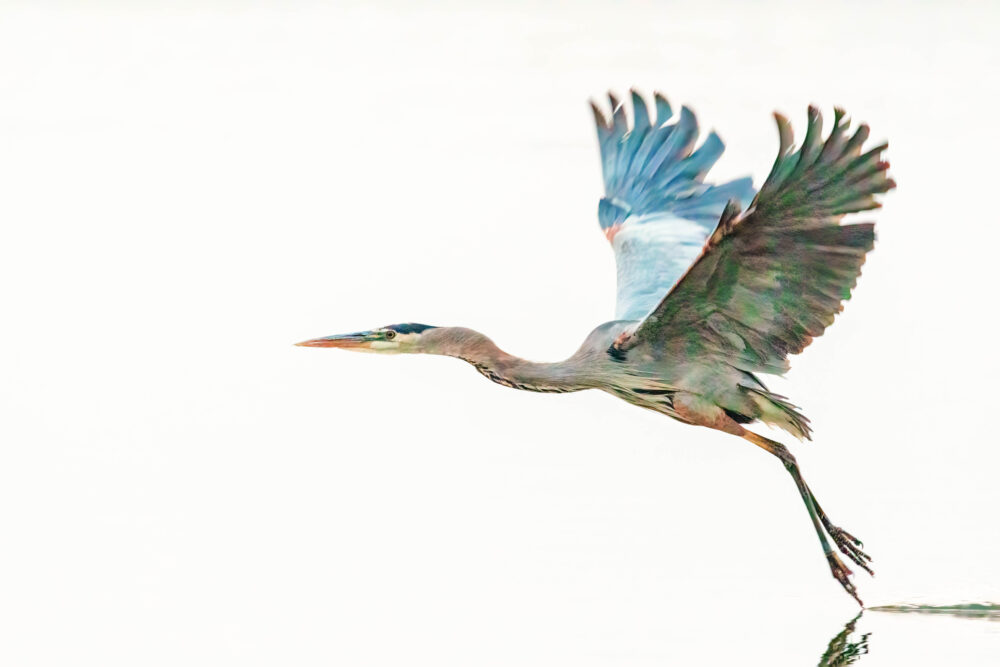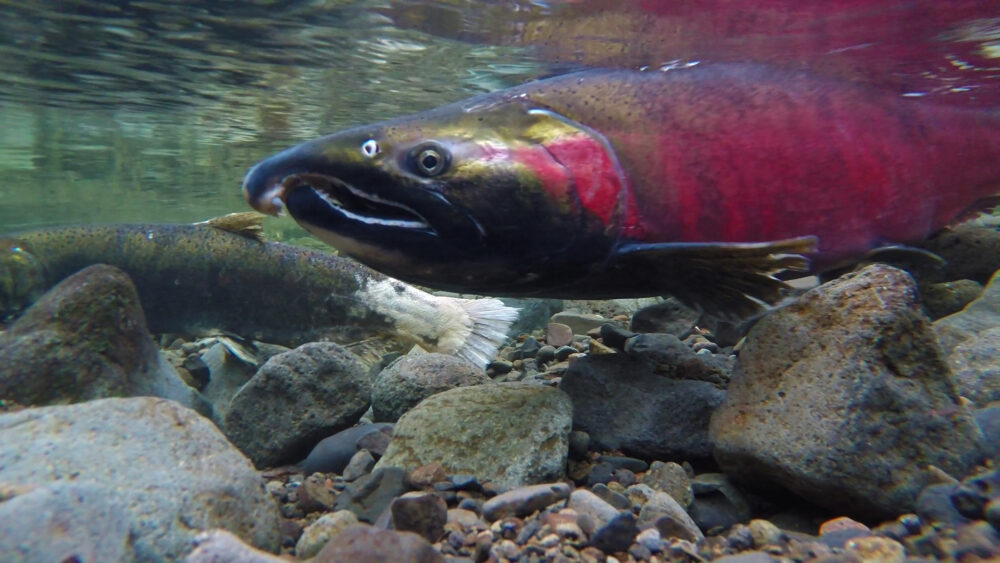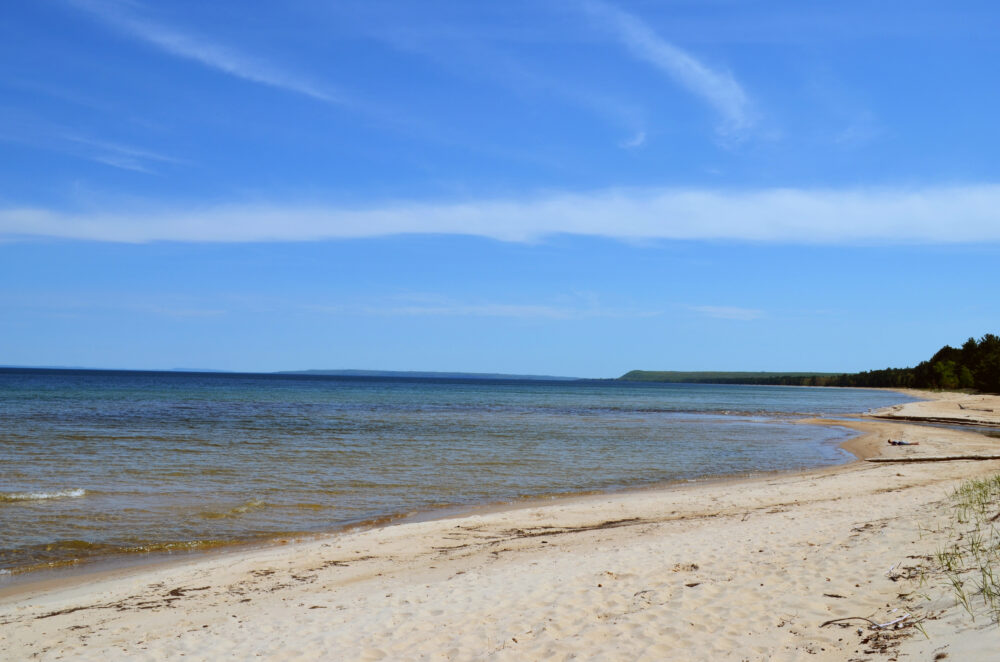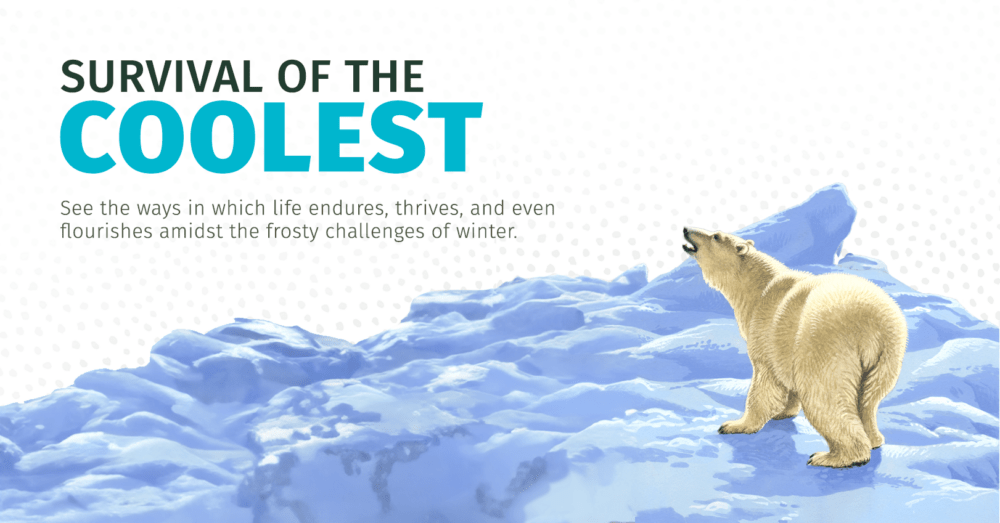We have much more to do and your continued support is needed now more than ever.
Protecting Home for Wildlife in the Arctic
The Arctic National Wildlife Refuge is the largest, wildest and most pristine refuge in the entire National Wildlife Refuge System.
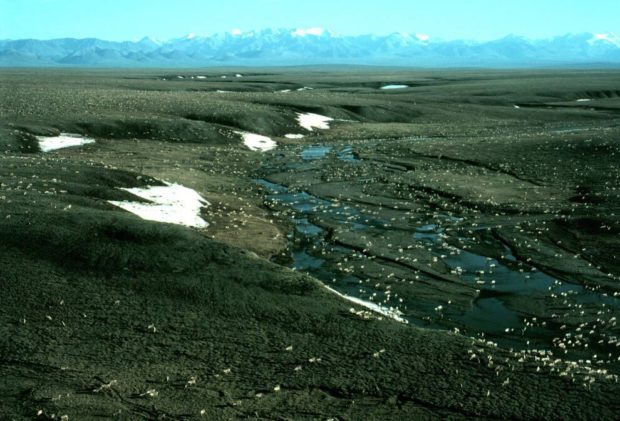
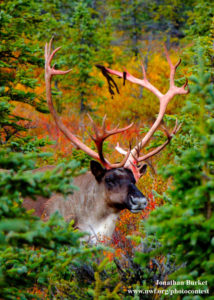
Caribou
The Arctic Refuge is well-known for caribou. The Coastal Plain is especially important for the Porcupine Caribou Herd, which numbered nearly 200,000 caribou in 2013. This caribou herd has the longest migration of any terrestrial mammal in North America, nearly 800 miles annually.
The Coastal Plain is a particularly important place for caribou. It serves as an ideal area for calving and post-calving in June, as well as a refuge from hordes of insects. For the winter, the Porcupine Caribou Herd migrates primarily to the boreal forests on the south side of the Brooks Range within the Arctic Refuge, and to the northern Yukon and the Northwest Territories of Canada, which provide lichen for winter survival.
Waterfowl
The Coastal Plain of the Arctic Refuge harbors close to 30 species of waterfowl, loons and grebes. The cackling goose, long-tailed duck, northern pintail, Pacific loon and tundra swan are common breeders here.
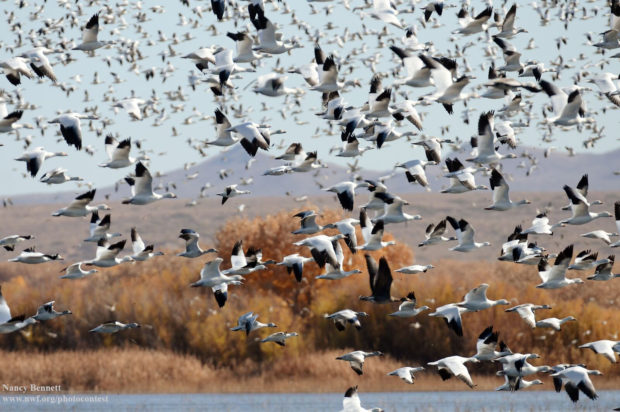
Brant, sometimes called the “sea goose,” migrate from their hatching site on the Coastal Plain around Alaska’s entire continental coast and southward to where they spend the winter along the Pacific Coast of western states. Incredibly, tundra swans annually fly four thousand miles from the Refuge across the continent to Chesapeake Bay and nearby areas for the winter.
Shorebirds
The Coastal Plain is visited by about 26 species of shorebirds. The U.S. Shorebird Conservation Plan lists seven of these species as highly imperiled.
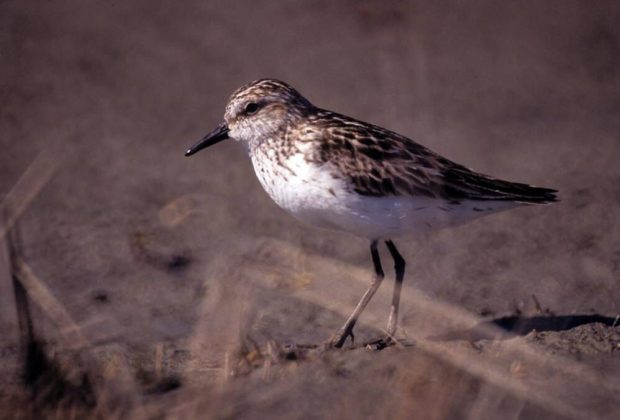
In August, large numbers of shorebirds gather on the Coastal Plain, especially near the coast and on tidal wetlands, to build up fat reserves for their long-distance migrations to many parts of the world.
Polar Bears
Alaska’s northern coast is the most important area in the United States for denning polar bears where they birth and nurse cubs. The habitat required for suitable dens of ice and snow is widely distributed across the entire Coastal Plain in the Arctic Refuge.
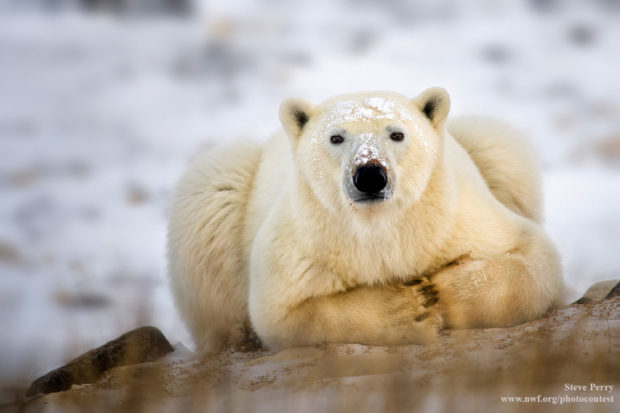
Declining Arctic ice also affects the availability of ringed seals, the polar bear’s primary prey. Ringed seals seldom come on land, so polar bears can only catch them on the disappearing Arctic ice. (In 2015, the maximum winter sea ice area was the lowest since satellites began monitoring.)
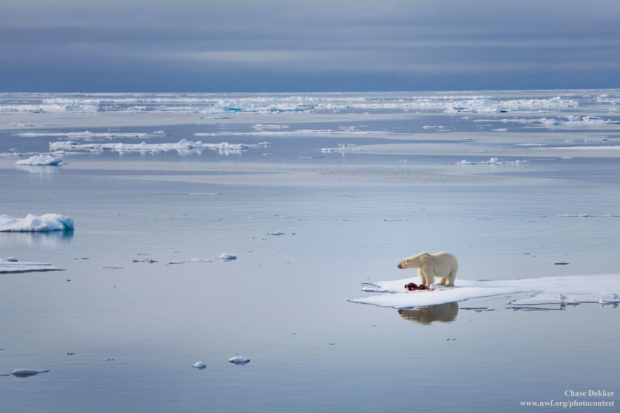
![]() Protect the Arctic Refuge, especially the significant Coastal Plain, from onshore drilling.
Protect the Arctic Refuge, especially the significant Coastal Plain, from onshore drilling.


